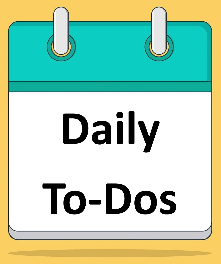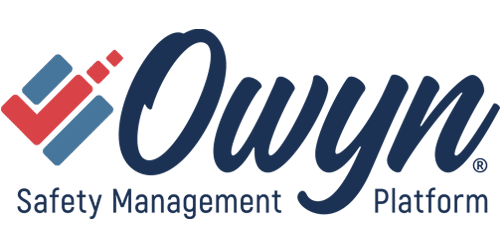Workplace Inspections
Problem: How Often Is Often Enough When It Comes to Inspections?
Your Problem: You know that inspecting your workplace for hazards helps to prevent accidents and to protect your employees, company reputation, and profits. You also know that OSHA requires inspections, the frequency of which varies depending on your workplace’s specific risks and industry standards. OSHA uses vague terms like “regular,” “frequent,” and “periodic” when it comes to workplace inspections. It begs the question: how often is often enough?

Your Solution: Analyze your workplace. Think about the processes and equipment you use. Check OSHA regulations and owner’s manuals for any inspection requirements that relate specifically to your workplace, then establish an inspection schedule divided into the following intervals: daily, frequent, monthly, yearly.
Daily inspections: Critical areas and equipment should be checked daily before use, most often by the user or operator of the equipment. Some examples include:

- Personal protective equipment (PPE)
- Ladders and scaffolds
- Forklifts, aerial lifts, and other machinery
- Hand and portable power tools
- Slings and rigging
It’s also a good idea for a competent person to conduct a daily general inspection of the workplace. Click here for a helpful checklist.
Frequent inspections: Frequent inspections of some equipment and workspaces are typically required at least weekly or whenever conditions change. These inspections should generally be conducted by a supervisor or competent person and may include:
- Cranes
- Electrical power and lockout/tagout procedures
- Trenches, excavations, and shoring
- Scaffolds
- Stairways and ladders.


Monthly inspections: Some equipment requires more in-depth inspection on a monthly basis. Again, these inspections should be conducted by a qualified person. Monthly inspection requirements include:
- Emergency escape respirators and self-contained breathing apparatus
- A visual inspection of portable fire extinguishers.
- Cranes and hoists depending on how often they’re used.
- Powered platforms under certain conditions of use.
Yearly inspections: OSHA is required to inspect all areas and operations of each workplace, including office operations, at least annually. That means you should conduct an intensive inspection of your entire workplace and procedures at least yearly as well.
In addition, certain equipment must be inspected at least annually:
- Fall protection equipment, including harnesses, lanyards, and anchor points.
- Hoisting equipment, such as cranes and winches, with specific components like sheaves, drums, and brakes checked for wear and damage.
- Powered industrial vehicles, including checks of brakes, lights, tires, and lifting mechanisms.
- Hazardous energy control procedures, i.e. lockout/tagout procedures.


Make It Happen: Designate a competent person to conduct the inspections or to make sure the inspections take place. If you are the competent person, it may be helpful to set inspection reminders on your phone or computer. Monitor that equipment users and operators are conducting daily inspections of their equipment before use. Failing to follow inspection procedures may warrant disciplinary action.

Next Steps: Consider using an online platform to keep track of your inspection records. OWYN Safety, for example, has dozens of fillable inspection forms that can easily be completed and stored on or offline.
